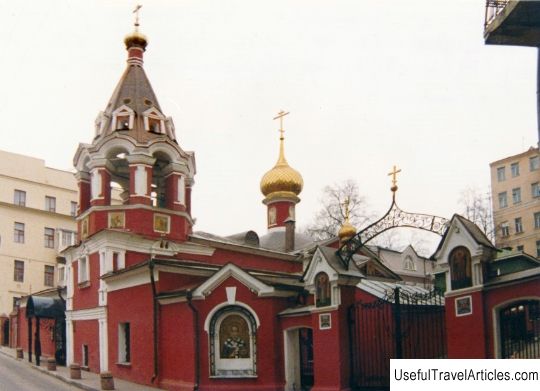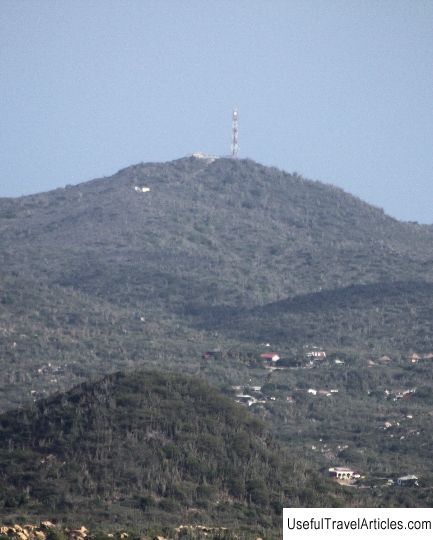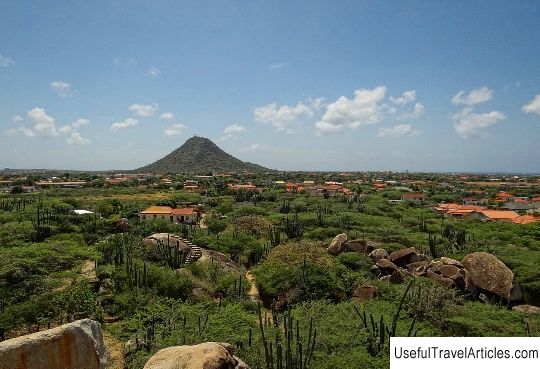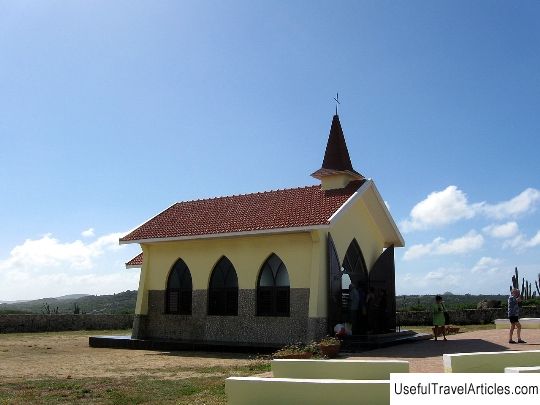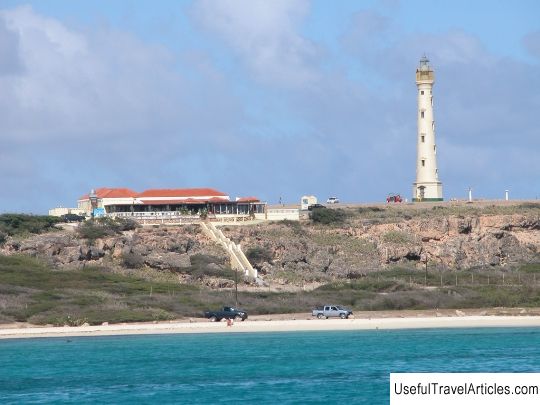Nationaal Park Arikok description and photos - Aruba
Rating: 8,3/10 (789 votes) 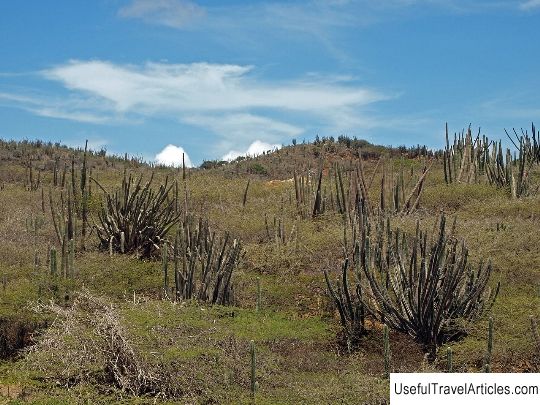
Nationaal Park Arikok description and photos - Aruba. Detailed information about the attraction. Description, photographs and a map showing the nearest significant objects. The name in English is Nationaal Park Arikok. Photo and descriptionArikok National Park in Aruba occupies almost 20% of the island's territory. The purpose of the formation of the reserve is to travel to the distant and recent past of the island by visiting unique geological, cultural and historical monuments, as well as preserving and studying them. The idea of creating a national park in Aruba appeared in the late sixties. But until 1980, the general plan for turning the Arikok-Yamanota area into a national park was never presented, so only a small reserve was created. From 1995 to 2000, the government of Aruba adopted and approved various environmental documents, and finally, in 2003, the legislative basis for the current park was adopted. Today the reserve covers an area with various types of ecosystems, they are mainly shrubs with many cacti scattered throughout the landscape. Aruba is home to several endemic species that inhabit the reserve (two unique species of snakes and two species of birds). Inside the park is one of the oldest Arawak settlements on the island. The earliest traces of human activity in the park are found inside Fontaine Cave, where pre-Columbian rock carvings are visible. Later drawings can also be seen, ranging from images made by early European settlers to graffiti. The cave can only be visited on a guided tour with park staff. Another historical attraction within the park is Kunuku Arikok - an adobe farm with hedges of their cacti, which has been restored and opened to visitors. In addition, there are gold mines, abandoned in 1916, in the Miralmar area. Most of the park is made up of uplands of limestone reefs. The acidic groundwater has formed several caves ranging from a couple to hundreds of feet in length that can be explored. Notable caves in the park include Fontaine Cave and Kwadirikiri Cave. A natural attraction is the Conchi natural pool. It is protected from the surf by the surrounding rocks. This is one of the most beloved places on the island for both locals and tourists. To get to the bay, you need a four-wheel drive car. Goraya Yamanota is the highest point (about 189 m), from which you can see a beautiful view of almost the entire island. The national park has an amazing place for shooting panoramic photos - a sandy beach with a stone bay, Boca Prince, as well as a recreational area for camping, surfing and recreation - Dos Playa. Almost the entire territory of the reserve is accessible for inspection and research either on your own or during the excursion. The park constantly offers a wide range of educational and information programs and fun activities.    We also recommend reading Building of the Former Merchant Assembly description and photos - Russia - Volga region: Kazan Topic: Nationaal Park Arikok description and photos - Aruba. |
